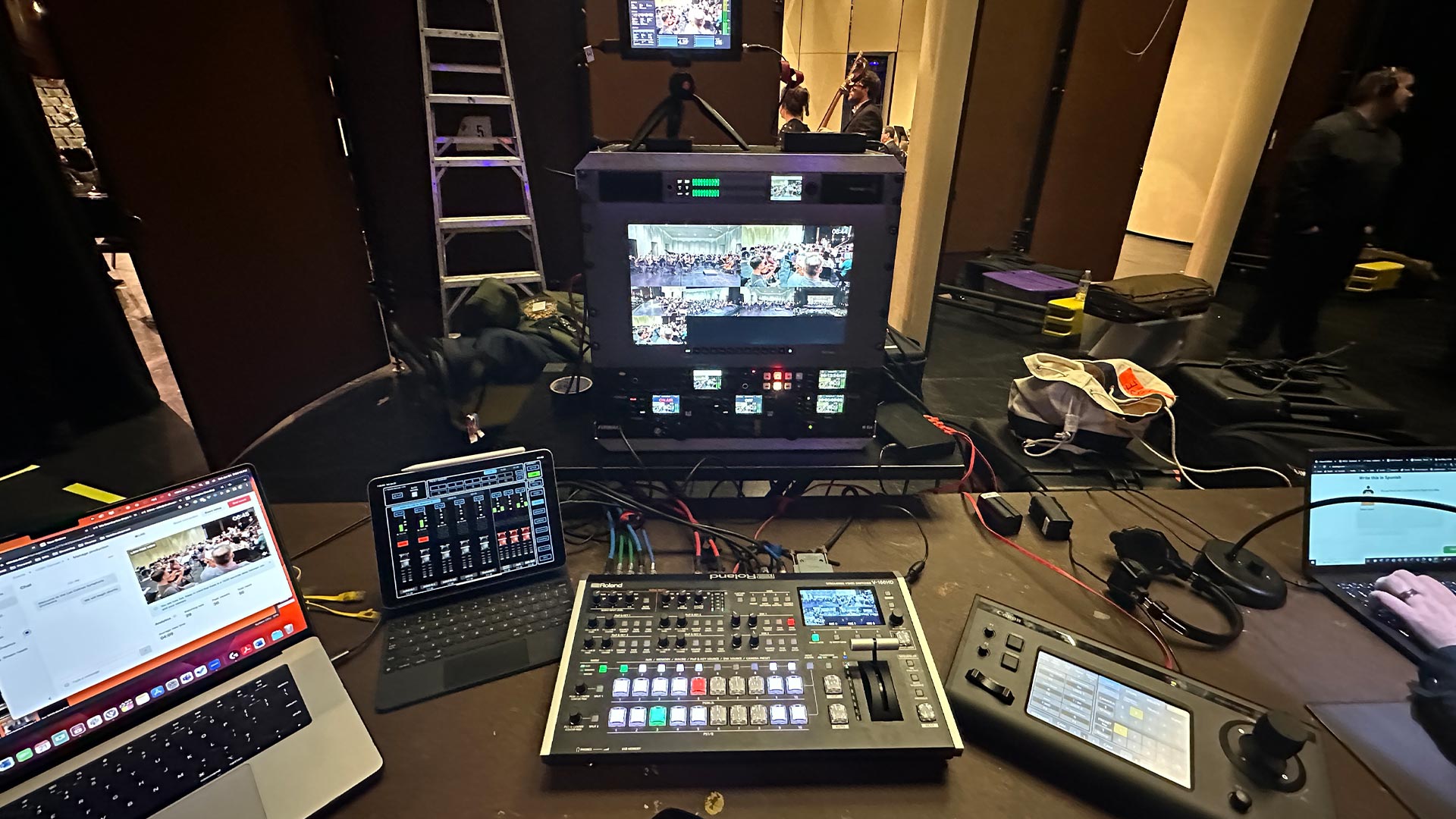
Whether it’s through sponsorship, ticket sales, crowdfunding, grants, partnerships, or affiliate marketing, there are many unique ways to fund the cost of event live streaming, including organizing campaigns around livestream events to maximize engagement and fundraising.
In today’s world, live streaming has become an essential part of hosting events. It allows organizers to reach larger audiences, boost visibility, and make their event accessible to people all over the world through various livestreaming platforms. Campaigns can be created around live streams and broadcasts to engage communities, encourage donating, and support fundraisers. However, the cost of live streaming can be a major challenge for event organizers, especially if they are working with a limited budget. Livestream fundraising can be cheaper and less time-consuming than traditional fundraising methods, making it an attractive option for many organizers. In this blog, we will explore some unique ways to fund the cost of event live streaming, including the importance of having a plan, a dedicated team, and scheduling live streams in advance to ensure audiences are aware of upcoming events and to boost visibility.
Having a well-developed plan and assembling a dedicated team are the most important things for organizing and executing successful livestream events. Teams can include broadcasters, relationship handlers, and coordinators to manage livestreams, engage donors, and foster one-on-one relationships during charity streams. Scheduling live streams in advance helps boost visibility and ensures your audience is prepared to participate.
Music and live music performances can be integrated into live streams to engage audiences and create memorable experiences. Creating engaging content, such as interviews, live performances, and interactive sessions, helps connect with communities and encourage donating. In-person events remain valuable and can be combined with virtual elements in hybrid events to maximize participation.
Engaging communities and encouraging donors to participate in fundraisers is essential for supporting nonprofit campaigns. Multiple streamers can collaborate to reach larger audiences and boost visibility for fundraising efforts. Livestreams and broadcasts can be created to support fundraisers, encourage participation, and make donating easy and interactive. Personal recognition during streams, such as thanking donors by name, enhances community connection. Livestreaming is a powerful way to reach and engage supporters, making it an indispensable tool for modern fundraising campaigns.
In conclusion, the cost of live streaming an event can be a major challenge for event organizers. However, with the right approach and strategy—including planning, choosing the right platform, engaging your team, and leveraging hybrid and virtual events—it is possible to fund the cost of live streaming and make your event accessible to a larger audience. Whether it’s through sponsorship, ticket sales, crowdfunding, grants, partnerships, affiliate marketing, or virtual auctions, there are many unique ways to fund the cost of event live streaming.
Livestream fundraising has rapidly become one of the most powerful ways for nonprofits and charities to raise money and awareness for their causes. By harnessing the reach of social media platforms like Facebook Live, YouTube Live, and Twitch, organizations can host livestream fundraising events that connect with audiences in real time, encourage donations, and build a vibrant online community around their mission.
What sets livestream fundraising apart is its ability to create real-time engagement with potential donors. Through live streaming, nonprofits can share compelling stories, provide instant updates, and interact directly with viewers—turning passive supporters into active participants. Features like donation alerts, live chat, and the ever-present donate button make it easy for viewers to contribute on the spot, while the excitement of a live event helps build momentum and boost total funds raised. In 2023, over $400 million was raised for charities through livestreaming, showcasing its effectiveness as a fundraising tool.
Social media channels play a crucial role in promoting livestream fundraising events. By using relevant hashtags, tagging community leaders, and collaborating with content creators, organizations can expand their reach and attract larger audiences. Many nonprofits also benefit from sharing pre-recorded videos, hosting virtual auctions, or organizing charity streams to keep their audience engaged and motivated to donate.
Planning is key to a successful livestream fundraising campaign. Nonprofits should create a clear schedule, outline talking points, and decide on the type of streaming content that will resonate most with their supporters—whether it’s a virtual event, a hybrid event, or a series of charity streams. Partnering with influencers or members of the gaming community can also help reach new audiences and encourage donations from different segments. Collaboration with influencers can enhance fundraising efforts for nonprofits and reach younger audiences.
Ultimately, livestream fundraising offers nonprofits a dynamic and cost-effective way to fundraise, promote their cause, and connect with supporters worldwide. By leveraging livestreaming platforms, engaging content, and strategic promotion, organizations can host impactful fundraising events that not only raise money but also inspire lasting community support for future events.